
ESPAÑOL
Promotor: Carlos IV
Arquitecto: Petr Parler
Estilo: Gótico con decoración escultórica barroca
Uso en la antiguedad: Carruajes, batallas a caballo, tranvía
Uso actual: Peatonal y comercial ( Pintores y artistas )
Tipo de Puente: Acueducto
Material: Piedra arenisca
Longitud: 520 metros
Ancho: 16 metros
La historia cuenta que este importante puente medieval de estilo Gótico y con una majestuosa e importante decoración escultórica barroca, se construyó para sustituir a un puente anterior de estilo románico llamado "Puente de Judith", que se erigió entre los años 1158-1172 y que fue tristemente destruido debido a un fuerte desbordamiento que se produjo en el Río Moldava en el año 1342. Posteriormente, debido a la necesidad de comunicar el casco antiguo de la ciudad de Praga con el barrio de Malá Strana situado en el otro extremo del río, el Rey Carlos IV mandó construir un nuevo puente en su lugar. Un dato curioso del inicio de la construcción del puente con la colocación de la primera piedra fue que se realizó por el propio Rey Carlos IV insitu en la obra, y más concretamente el 9 de Julio del año 1357 a las 5:31 horas. El número palindrómico 135797531 ( que se lee igual de derecha a izquierda que de izquierda a derecha ), fue baticinado por los futurólogos de la época como la fecha más idónea para el inicio de su construcción.
Al Puente de Carlos IV (Karlův most en Checo) también se le conoce comunmente con el sobrenombre de "El Puente de Piedra" (Kamenný most) o "El Puente de Praga" (Pražský most). Este bonito acueducto posee 520 metros de longitud total y 16 metros de ancho para cruzarlo de un lado a otro. La cubierta está soportada por 16 arcos que se construyeron integramente mediante bloques de piedra arenisca. En ambos extremos de cada arco se situaron sendos contrafuertes de forma piramidal para darle mayor resistencia frente a la presión del agua del río. Otro dato muy curioso de la construcción del puente según cuenta la leyenda, fue que se emplearon yemas de huevo para la mezcla del mortero que une todos los bloques de piedra que componen la estructura del puente y que le dan una mayor resistencia. El puente ha tenido varios usos a lo largo de toda su larga historia, desde el paso de Carruajes y batallas a caballo en la antiguedad, hasta el paso de tranvías en los siglos posteriores. En la actualidad, el uso del puente es peatonal y numerosos pintores y artistas pueden vender aquí sus obras.
En ambos extremos del puente se encuentran localizadas tres majestuosas torres; la más alta se sitúa en el lado más próximo a la ciudad vieja; otras dos torres adornan el otro extremo muy cerca del barrio de Malá Strana. Treinta son las esculturas en su mayor parte de estilo barroco las que adornan y embellecen enormemente este bonito puente medieval. Estas esculturas, que fueron construidas entre 1683 y 1714, representan a diversos Santos y Santos Patronos. Quizá la pieza que representa la figura de Juan Nepomuceno sea la que mayor repercusión ha tenido a lo largo de la historia debido al martirio que sufrió este Santo por desacato al Rey Wenceslao IV, ya que se conoce que fue el confesor de la Reina y nunca reveló sus secretos al Rey. Este importante Santo, después de ser martirizado por el Rey, fue arrojado al río Moldava. Las esculturas que ilustran este artículo sobre el famoso Puente de Carlos IV son réplicas de las originales que se ubicaron para protegerlas en el Museo Nacional de Praga. El Puente de Carlos IV es uno de los monumentos más visitados y queridos de Praga junto con el famoso Castillo, y sin lugar a dudas, se ha convertido con el paso de los siglos en una de las joyas del arte gótico más importantes de Europa y del mundo.

ENGLISH
Promotor: Charles IV
Architect: Petr Parler
Style: Gothic to Baroque sculptural decoration
Use in antiquity: Carriage, battles on horseback, tram
Current Use: Pedestrian and commercial (Painters and artists)
Bridge type: Aqueduct
Material: Sandstone
Length: 520 meters
Width: 16 meters
History tells us that this important medieval Gothic-style bridge with a majestic and important baroque sculptural decoration, was built to replace an earlier Romanesque bridge called "Judith Bridge, which was built between 1158-1172 and was sadly destroyed due to strong flooding that occurred in the Vltava River in the year 1342. Subsequently, due to the need to communicate the old city of Prague Malá Strana at the other end of the river, King Charles IV ordered the construction of a new bridge in place. A curious fact of the start of construction of the bridge with the laying of the foundation stone was held by King Charles IV himself in the work onsite, and specifically on 9 July 1357 at 5:31 pm. The palindromic number 135797531 (which is read from right to left like that from left to right) was baticinado by the futurists of the time as the most suitable date for the start of its construction.
Charles Bridge IV (Karlův most in Czech) is also commonly known by the nickname of "El Puente de Piedra" (Kamenný most) or "The Bridge of Prague" (Pražský most). This beautiful aqueduct has a total length of 520 meters and 16 meters wide to cross from one side to another. The roof is supported by 16 arches that were built entirely by sandstone blocks. At both ends of each arch were placed two separate pyramid-shaped buttresses to give greater resistance to the pressure of the river water. Another curious fact of the construction of the bridge according to legend, was that egg yolks were used for mixing the mortar that binds all the stone blocks that make up the structure of the bridge and give additional resistance. The bridge has had many uses throughout its long history, since the passage of carriages and horse battles in ancient times, until the passage of trams in later centuries. Currently, the use of the bridge is pedestrian and many painters and artists can sell their works here.
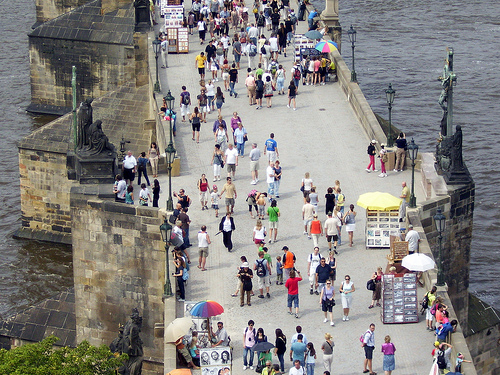
At both ends of the bridge are located three majestic towers, the highest is at the side closest to the Old City; other two towers adorn the other end close to Malá Strana. Thirty sculptures are mostly of baroque style which greatly adorn and beautify this beautiful medieval bridge. These sculptures, which were built between 1683 and 1714, representing various saints and patron saints. Perhaps the piece that represents the figure of Juan Nepomuceno is the greatest impact has been throughout history, owing to the saint who suffered martyrdom for contempt of King Wenceslas IV, since it is known who was the confessor of the Queen and never King revealed his secrets. This important Santo, after being tortured by the king, was thrown into the river Vltava. The sculptures that illustrate this article on the famous Charles Bridge IV are replicas of the originals that were placed to protect the National Museum of Prague. Charles IV Bridge is one of the most visited and beloved with the famous Prague Castle, and undoubtedly, has become over the centuries in a jewel of Gothic art and Europe's largest the world.
All images of the Charles IV Bridge here
"Images and Text Charles IV Bridge, Prague, Czech Republic"
Copyright © José Miguel Hernández Hernández
Editor, Escritor y Fotógrafo de Arquitectura /
Publisher, Writer and Architectural Photographer
Todos los derechos reservados / All rights reserved
www.jmhdezhdez.com
Others works in Prague / Otras obras en Praga
The Dancing House
Prague, Czech Republic
Gehry Partners LLP
Others bridges old / Otros puentes antiguos
Rialto Bridge
Venice, Italy
Antonio Da Ponte
Ponte Vecchio
Florencia, Tuscany, Italy
Taddeo Gaddi and Giorgio Vasari
MUY IMPORTANTE!!! VERY IMPORTANT!!!
Deja tu comentario sobre este reportaje al pie de este post donde dice "Publicar un comentario en la entrada"; me será de gran valor para seguir mejorando este sitio web y te contestaré con la mayor brevedad posible... Muchas gracias!
No obstante, si te ha resultado interesante este reportaje y también el Blog en general, por favor, no dudes en hacerte Fan de la página de Fans del Blog de José Miguel Hernández Hernández en Facebook aquí
Nota importante: Una vez que hayas entrado en la página de Fans del Blog en Facebook, con sólo hacer click en el botón de "Me gusta", a partir de ese momento estarás al tanto de todos los nuevos reportajes interesantes relacionados con la Arquitectura y la Ingeniería que aquí se vayan publicando para no perder ningún detalle...
También puedes suscribirte por e-mail (te llegaría un e-mail con el enlace de cada artículo en el mismo momento en que sea publicado), o bien también puedes seguir el Blog a través de Twitter aquí
Nos vemos en el Blog!
Leave a comment on this story at the bottom of this post where it says "Post a comment in the entry", I will prove invaluable to further improve this website and I will answer as soon as possible .. . Thank you very much!
However, if you this story was interesting and the blog in general, please do not hesitate to make Fan Fans of the Blog page José Miguel Hernández Hernández on Facebook here
Very important: Once you enter the page Blog fan of Facebook, simply click on the button Like "From that moment you are aware of all new interesting stories related to the Architecture and Engineering are published here to avoid losing any detail ...
Can also subscribe by e-mail (I would e-mail with a link to each item in the same time it is published), or you can follow through Blog Twitter here
See you at the Blog!
HOME GEOGRAPHY ARCHITECTURE ENGINEERING SKYSCRAPERS
BRIDGES BUILDINGS TOWERS PUBLICATIONS ABOUT ME CONTACT
Copyright © José Miguel Hernández Hernández
Editor, Escritor y Fotógrafo de Arquitectura /
Publisher, Writer and Architectural Photographer
http://www.jmhdezhdez.com/
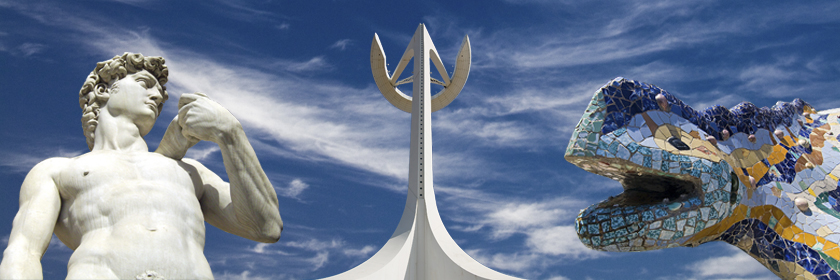

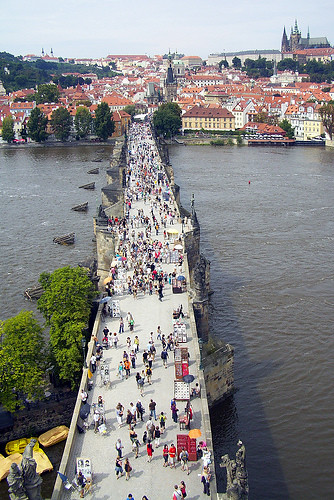
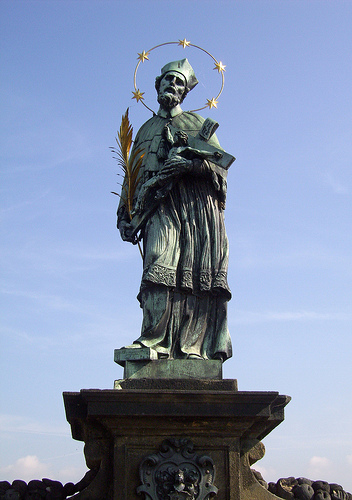
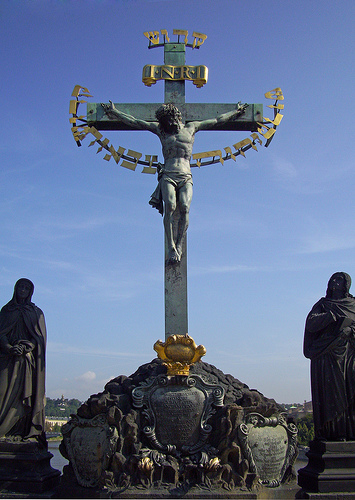



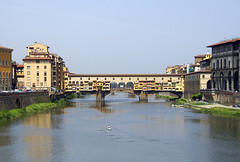






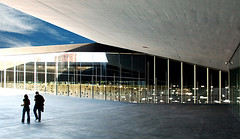



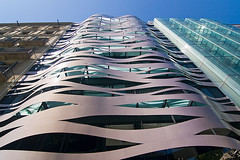



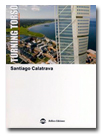

No hay comentarios:
Publicar un comentario